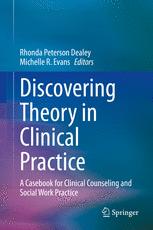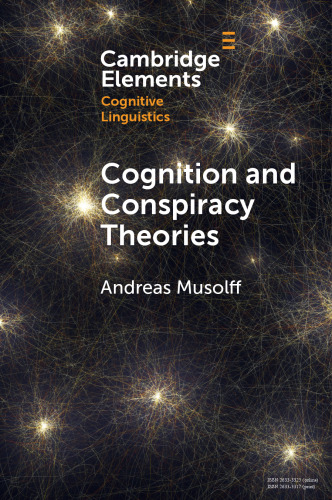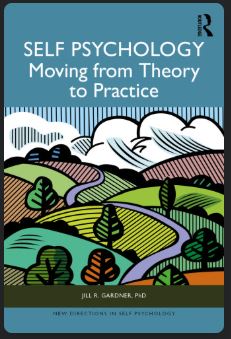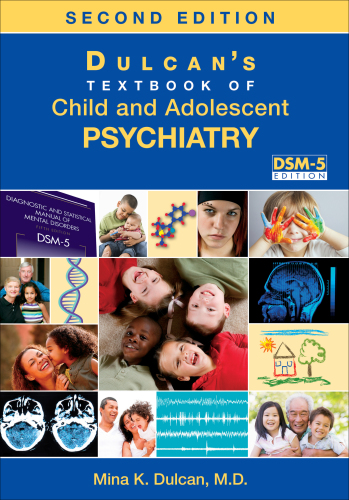The Essence of Theory for Clinical Practice “I just don’t understand why we are spending so much time studying theory,” remarked the clinical graduate student frankly. “Who cares what a bunch of dead white guys think! I just want to know how to do therapy the right way.” Her remarks likely express the thoughts of many other students who have felt exasperated by Freud’s adherence to the psychosexual stages or by the dense yet ambiguous writ- ings of object relations theorists. Why can’t students just learn the “skills” of effec- tive therapy without exploration of theoretical history and metacognitive exercises into the why’s and how’s of therapeutic efficacy and effectiveness? Is theory really that important? This chapter explores the notion of theory and its importance for clinical practice, provides a brief overview of the evolution of clinical theory, and describes a framework for how theory directly informs day-to-day clinical practice. Practitioners of any scientific discipline are fundamentally theoretical problem- solvers (Kuhn, 2012). Theory allows for explanation of what is observed in one’s world, in essence a “symbolic model” (Ford & Urban, 1998, p. 6) of one’s experi- ence and environment. It provides a structure or systemization of ideas and thoughts to answer important questions about what has been observed and what remains supposition. It allows for possibility and hypothesis testing, for analysis and deduc- tion. Theory supplies explanation and meaning and affords the theorist with a mech- anism for identification and for prediction. Applied theory attempts to “describe aspects of the natural world that can be applied to create a benefit or
چکیده فارسی
جوهر نظریه برای تمرین بالینی، دانشجوی فارغ التحصیل بالینی صراحتاً گفت: "من متوجه نمی شوم که چرا ما زمان زیادی را صرف مطالعه تئوری می کنیم." "چه کسی اهمیت می دهد که یک دسته از سفیدپوستان مرده چه فکر می کنند! من فقط می خواهم بدانم چگونه درمان را به روش صحیح انجام دهم." اظهارات او احتمالاً بیانگر افکار بسیاری از دانشجویان دیگر است که از پایبندی فروید به مراحل روان-جنسی یا نوشته های متراکم و در عین حال مبهم نظریه پردازان روابط ابژه احساس خشم کرده اند. چرا دانشآموزان نمیتوانند «مهارتهای» درمان مؤثر را بدون کاوش در تاریخچه نظری و تمرینهای فراشناختی در چرایی و چگونگی اثربخشی و اثربخشی درمانی بیاموزند؟ آیا نظریه واقعاً اینقدر مهم است؟ این فصل مفهوم تئوری و اهمیت آن را برای عمل بالینی بررسی میکند، مروری مختصر از تکامل نظریه بالینی ارائه میدهد و چارچوبی را برای چگونگی اطلاعرسانی مستقیم نظریه به عمل بالینی روزانه شرح میدهد. دست اندرکاران هر رشته علمی اساساً مشکل گشای نظری هستند (کوهن، 2012). تئوری اجازه می دهد تا آنچه را که در جهان فرد مشاهده می شود توضیح دهد، در اصل یک "مدل نمادین" (Ford & Urban, 1998, p. 6) از تجربه و محیط. ساختار یا نظامبندی ایدهها و افکار را برای پاسخ به سؤالات مهم در مورد آنچه مشاهده شده و آنچه در فرض باقی میماند فراهم میکند. این امکان را برای آزمون احتمال و فرضیه، برای تجزیه و تحلیل و استنتاج فراهم می کند. تئوری توضیح و معنا می دهد و به نظریه پرداز مکانیزمی برای شناسایی و پیش بینی می دهد. تئوری کاربردی تلاش میکند «جنبههایی از جهان طبیعی را توصیف کند که میتوانند برای ایجاد منفعت یا
استفاده شوند.
ادامه ...
بستن ...
The Essence of Theory for Clinical Practice “I just don’t understand why we are spending so much time studying theory,” remarked the clinical graduate student frankly. “Who cares what a bunch of dead white guys think! I just want to know how to do therapy the right way.” Her remarks likely express the thoughts of many other students who have felt exasperated by Freud’s adherence to the psychosexual stages or by the dense yet ambiguous writ- ings of object relations theorists. Why can’t students just learn the “skills” of effec- tive therapy without exploration of theoretical history and metacognitive exercises into the why’s and how’s of therapeutic efficacy and effectiveness? Is theory really that important? This chapter explores the notion of theory and its importance for clinical practice, provides a brief overview of the evolution of clinical theory, and describes a framework for how theory directly informs day-to-day clinical practice. Practitioners of any scientific discipline are fundamentally theoretical problem- solvers (Kuhn, 2012). Theory allows for explanation of what is observed in one’s world, in essence a “symbolic model” (Ford & Urban, 1998, p. 6) of one’s experi- ence and environment. It provides a structure or systemization of ideas and thoughts to answer important questions about what has been observed and what remains supposition. It allows for possibility and hypothesis testing, for analysis and deduc- tion. Theory supplies explanation and meaning and affords the theorist with a mech- anism for identification and for prediction. Applied theory attempts to “describe aspects of the natural world that can be applied to create a benefit or
ادامه ...
بستن ...










